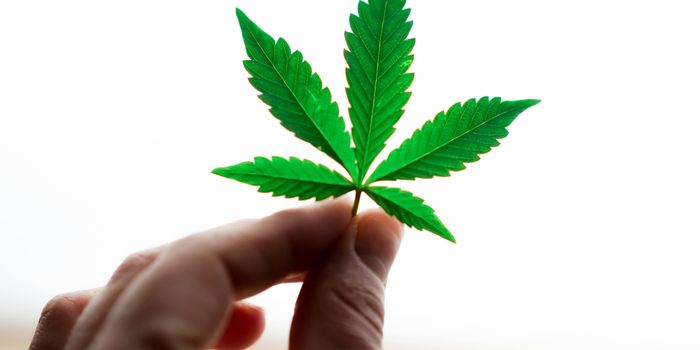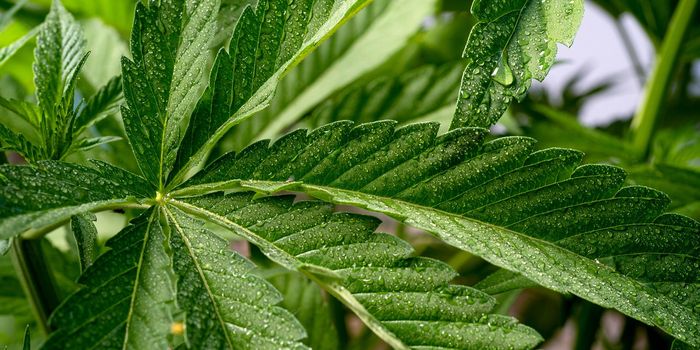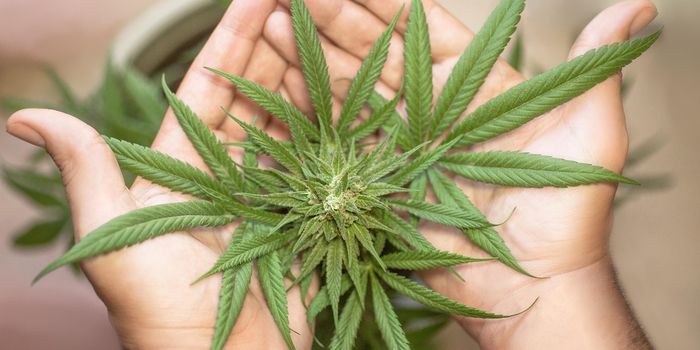Oilseed Plant Camelina Has Potential as an Aviation Biofuel
Camelina, an oilseed currently grown in what is now Ukraine, is a grain product that has been cultivated for thousands of years, at least as early as the Roman empire. It has a range of uses as a food product, including in meal form and as an oil high in omega-3 fatty acids.
A new study published in the American Journal of Botany, researchers took a deep dive into the history of camelina’s cultivation, with a particular focus towards its potential role as a biofuel for the aviation industry.
As a part of their analysis of camelina’s history, researchers at Washington University reviewed about 185 different samples of Camelina sativa taken from a certain location. In their analysis, they reviewed the crops population structure and the relationship between different species and camelina’s wild progenitor, Camelina microcarpa.
Through their analysis, researchers were able to pinpoint a more clear region from which camelina was first cultivated: Armenia. They also found higher levels of genetic diversity in camelina near Georgia and Armenia.
These findings are promising given camelina’s many benefits as a potential biofuel source; for example, it can be grown in fairly arid regions, making it easier to produce on a large scale.
Modern cultivated strands of camelina sativa, however, tend to have lower genetic diversity, which poses challenges to farmers trying to cultivate more genetically diverse crops to increase yields or make the crop more resistant to extreme weather. As a result, widespread cultivation hasn’t occurred in modern times, despite increased interest in studying camelina as a potential biofuel source.
This new research, however, suggests that camelina may yet have a productive role to play, especially when it comes to biofuel. The research team suggests that these higher levels of genetic diversity should be considered in any programs that are developing biofuels from camelina oilseed.
Interest in biofuels has increased in recent years as the energy sector searches for alternatives to carbon-based fuels, such as fossil fuels. Some estimates suggest that demand is expected to grow about 25% over the next couple of years.
Sources: Science Daily; American Journal of Botany








